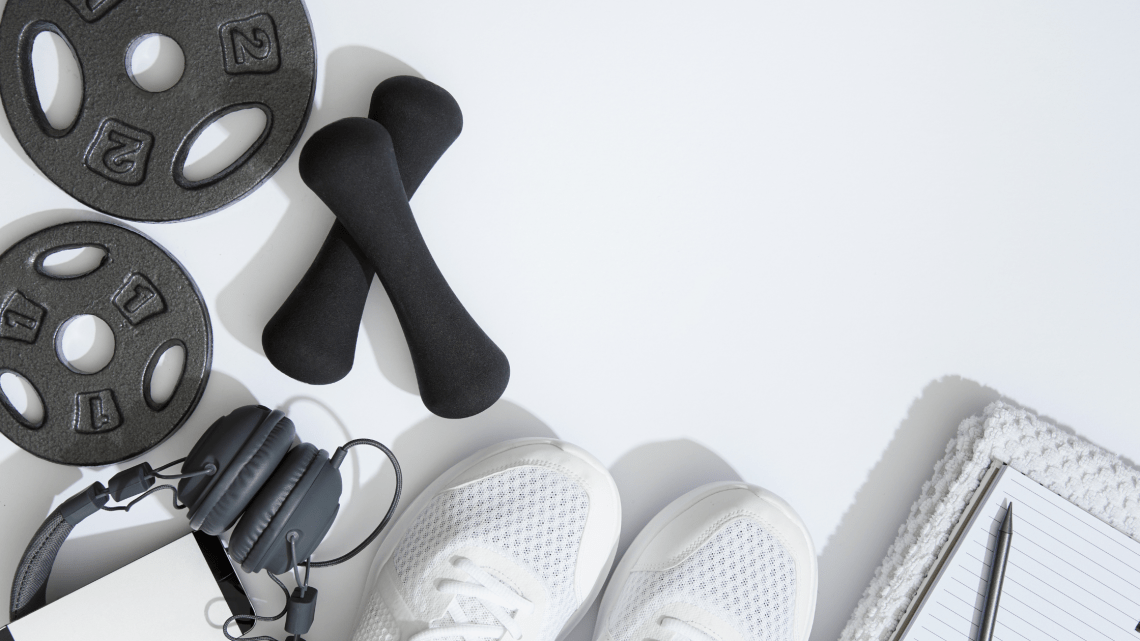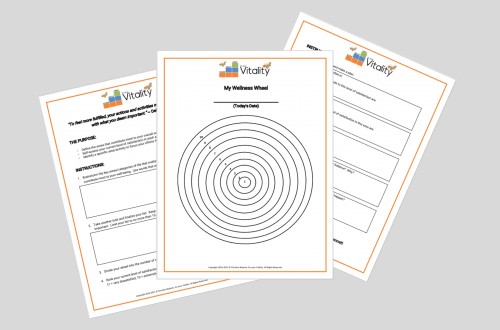
How To Safely Start & Stick With a Fitness Program – For Beginners
BECOME A PERSON WHO EXERCISES
Increased Energy, Decreased Depression, Improved Sleep, Reduced Risk of Disease
Don’t let intimidation, confusion or overwhelm keep you from starting or sticking with an exercise routine.
You can do it and I can help.
This blog is for you if:
- you’ve never exercised before
- you used to exercise but haven’t for a while
- you exercise occasionally
Answers to the top 5 beginner exerciser questions:
- Where to start?
- What to do?
- How much?
- How often?
- How hard?
Plus, discover the number one reason why people fail to stick with it so you can avoid making the same mistake!
WHERE TO START
Make sure it’s safe to begin by pre-screening.
Go here to complete the >>“Physical Activity Readiness Questionnaire for Everyone”<<.
The questionnaire will recommend, based on your honest responses, if you should take pre-screening one step further by consulting your doctor before you start.
Once you’re cleared to begin, consider any restrictions or limitations (injuries etc.) you have and make choices appropriate for them. If you aren’t sure, contact a qualified professional to assist you.
WHAT TO DO
! SETBACK ALERT !
Too much too soon is the #1 reason people don’t stick with exercise.
There are many building blocks described in this article. Implement the ones that suit you over time.
On the journey from non-exerciser to regular exerciser, there are many steps. Take too many at once and you risk becoming overwhelmed, injured or both.
Every little bit counts. Not only that, changing a little at a time increases your chance of sticking with it.
HOW MUCH, HOW OFTEN, HOW HARD
There are 3 primary components of fitness (Cardiovascular, Resistance and Strength) for a beginner exerciser to include over time.
What’s the easiest place for you to start? What are you most interested in? What do you think you’ll enjoy?
Use these questions to choose a place to start and come back to them when you’re ready to add on.
Cardiovascular Training
Strengthens the heart and lungs, reduces the risk of many chronic diseases, improves mood.
Examples: walking, swimming, cycling and beginner cardio classes
| Beginner Cardio | How Much? | How Often? | How Hard? |
| Start | 10 minutes non-stop | 1 time per week | Start slow to warm up. Build to the point that your body gets warmer and your breathing gets deeper but you can still carry on a conversation without losing your breath. |
| Progress | Gradually Increase | ||
| Milestone | 30 minutes non-stop | 4 times per week | |
| Congratulations! You’re ready for intermediate. | |||
Think 10 minutes isn’t enough? Think again! Cardiovascular gains are realized after just 10 minutes of non-stop activity.
Resistance Training
Strengthens muscles, improves ability to perform every day activities with greater ease (aka functional fitness), reduces risk of many chronic diseases
Examples: beginner total body workouts, beginner balanced workouts, beginner circuits
| Beginner Strength | How Much? | How Often? | How Hard? |
| Start | 12 – 15 Repetitions*, 1 Set** , 3 – 8 exercises | 1 time per week | Simple, low intensity movement patterns focused on mastering technique. |
| Progress | Gradually Increase | ||
| Milestone | 12 – 15 Repetitions*, 1 – 3 Sets** , 3 – 8 exercises | 2 – 3 times per week*** | |
| Congratulations! You’re ready for intermediate. | |||
Notes:
* Repetitions (aka reps): Performing a complete movement or exercise from start to finish. For example, one rep of a squat starts at standing position and consists of the downward motion where the hips, knees and ankles bend and the upward motion where you return to standing. Once through this cycle is a single squat repetition.
** Sets: A set is the total number of reps performed consecutively without stopping. For example, 12 repetitions of squats completed without stopping is 1 set. If another 12 repetitions of the squat are performed again, after resting, or doing a different exercise, that would be the second set of squats.
*** When increasing the number of days per week you perform strength training, take a day off in-between.
Flexibility Training
Improves mobility, promotes relaxation, can reduce the risk of injury.
Examples: stretching, yoga
| Beginner Flexibility | How Much? | How Often? | How Hard? |
| Start | 3 – 8 easy stretches, 10 – 20 second hold | 1 time per week | Aim for a mild to moderate (as you progress) pulling sensation that is always pain free. Focus on breathing deeply. |
| Progress | Gradually Increase | ||
| Milestone | 3 – 8 easy stretches, 10 – 20 second hold | 4 times per week | |
| Congratulations! You’re ready for intermediate. | |||
Relax. It will take a while to build up all three areas. That’s okay because the benefits begin right away.
Every 10 minute building block counts!
You can do it!
The goal is to make exercise part of your habits and habits don’t change overnight.
Make it easier with these steps:
- Determine where you’re at in all 3 areas.
- Pick a small goal.
- Stick with it until it becomes easy and you are successful most of the time.
- Build on from there.
Not sure where to start? Consider walking. All you need is a comfortable pair of shoes.
Be well,
Christina

You May Also Like

WATER – Why It’s So Important, How Much You Need, & The Best Ways To Get It
May 13, 2021
How To Prioritize Health & Happiness Using The Wellness Wheel
May 13, 2021
